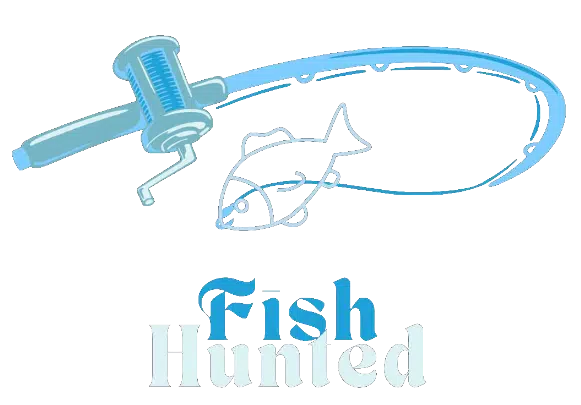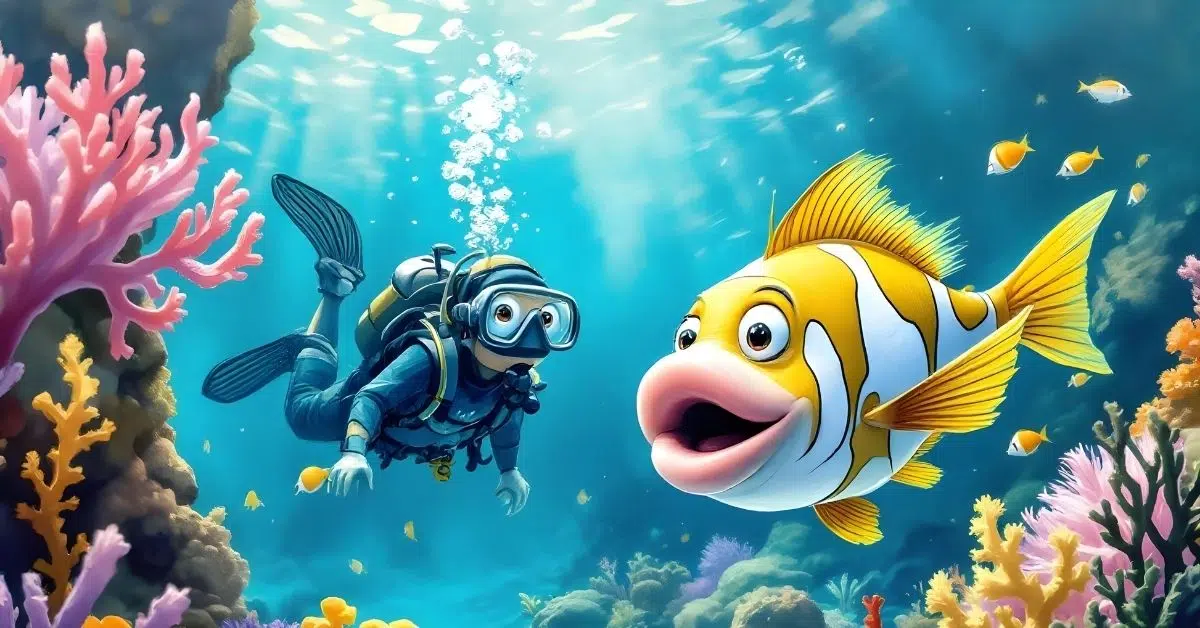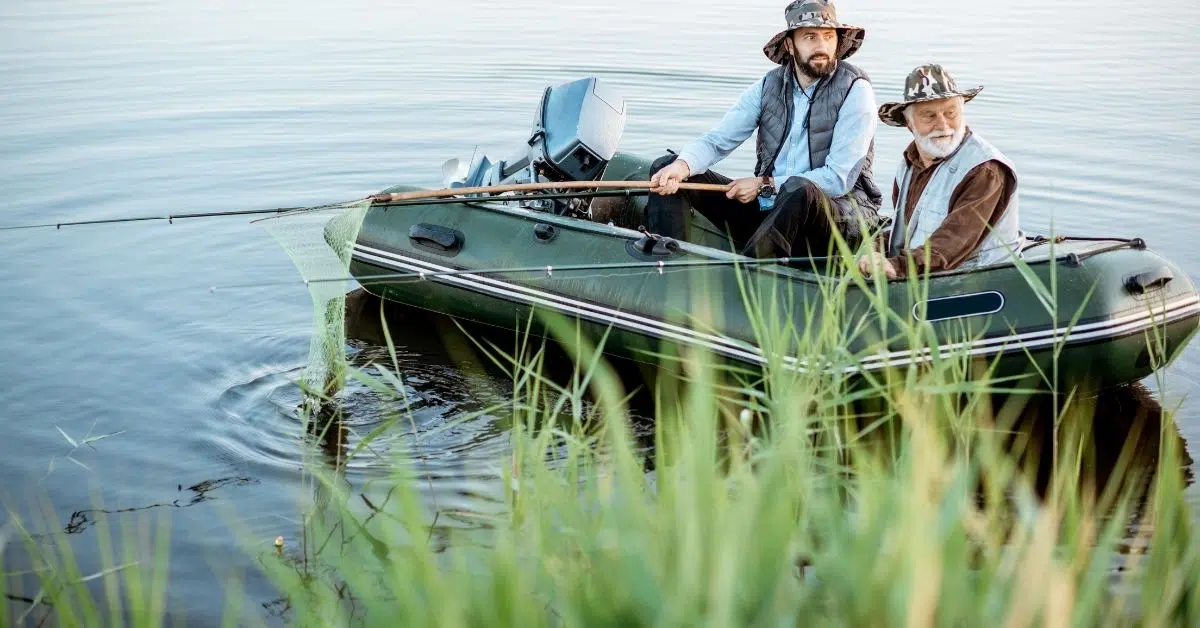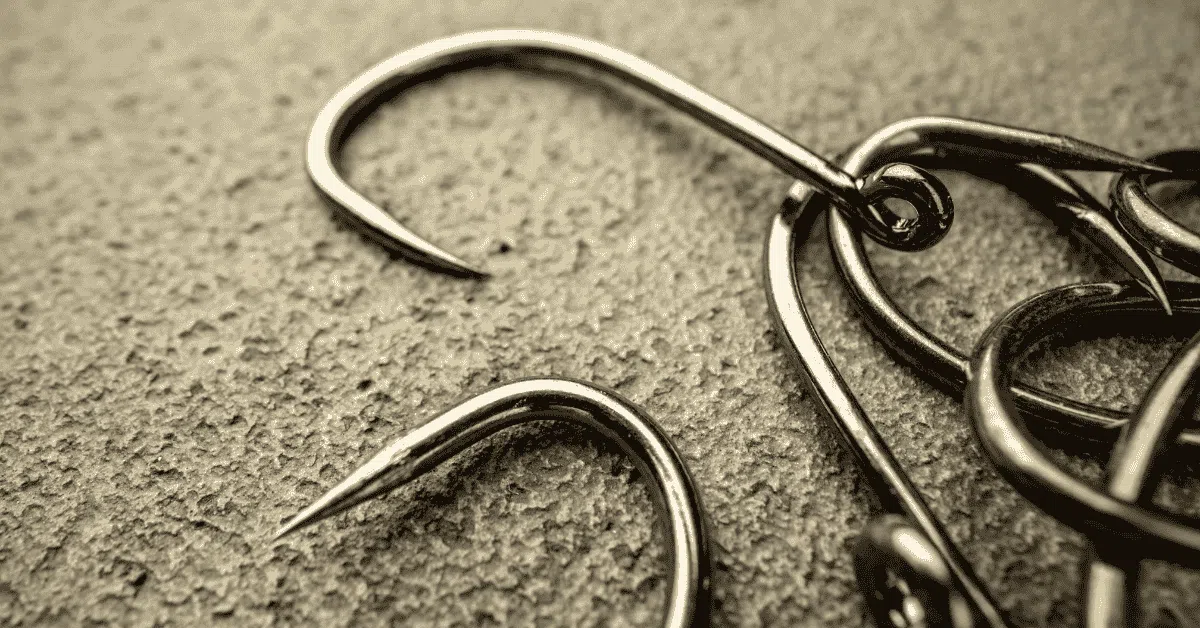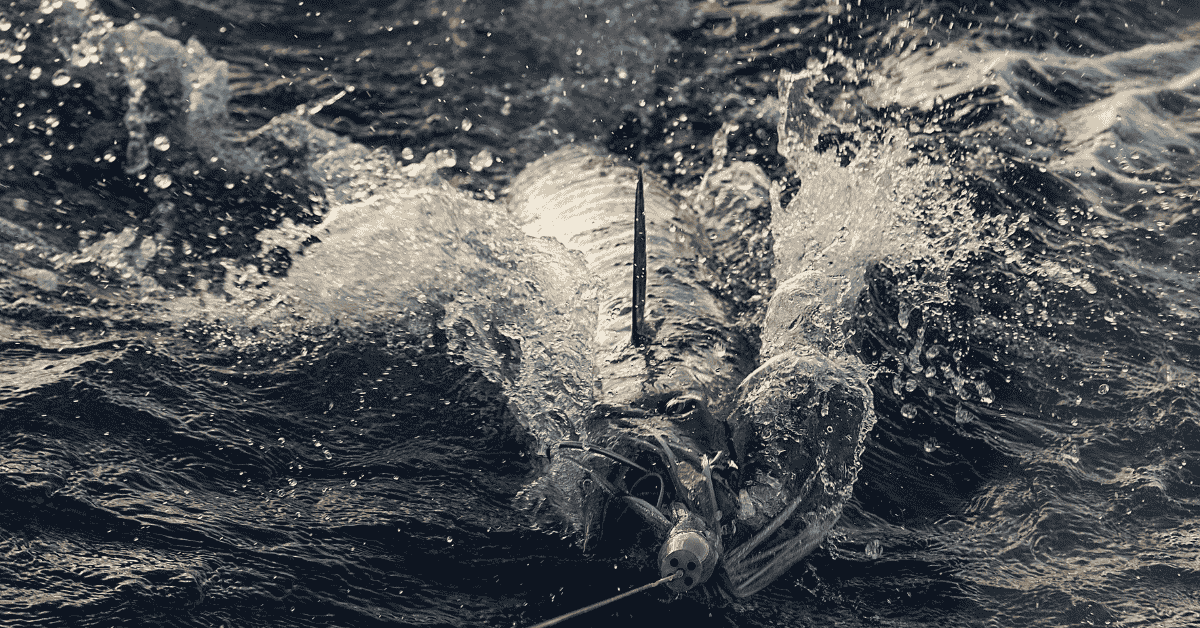Bonito fish is a high-speed, predacious species typical of temperate and tropical waters worldwide. Referred to as “leaping tuna,” these pelagic predators have anything but a streamlined body and are easily recognizable by their dark striped back and silvery belly.
With sizes ranging up to an impressive 75 cm (30 inches) and 11 kg (24 pounds), the bonito fish becomes desirable for sport fishing and commercial fisheries.
Sort Brief of Article
ToggleWhat is Bonito Fish
“The bonitos are one of the tribes in the Scombridae classification, which are medium-sized, ray-finned, bony fishes.” They are closely related to the mackerel, tuna, and Spanish mackerel. They resemble the skipjack tuna and are called bonito in many Japanese contexts.
Bonito fish size
Whereas good-sized bonitos attain a length of about 90 cm (35 inches), they are generally smaller than most tuna species. Bonito fish have relatively large eyes compared to their head size.

Behavior: Bonito are migratory fish that live in schools or flocks. They frequent offshore waters at depths between 80 and 200m, and as they mature, they move further out.
How to Catch A Bonito
how to catch one of the most exciting fish out there-the bonito. Whether you’re new to fishing or a pro, I’ve got some tips that’ll help you reel in these speedy guys.
- Understanding Bonito
- Best Fishing Techniques and Gear
- Prime Locations and Seasons
Let’s dive in!
Best Fishing Techniques and Gear
Bonito are fast and furious predators, so you can imagine how it feels to destroy the bait they are chasing. In fishing for bonito, we have several effective techniques at our disposal. Still, this fishery is pretty traditional, with most anglers using one of two standard presentations: trolling a spread of small lures, like trolling feathers, drail-and-spoon rigs, or deep-diving minnow plugs, or casting-and-retrieving small metal jigs or soft-plastic baits.

Trolling Lures
Minnow plugs (e.g. Yo-Zuri Crystal Minnow Deep Diver)
Trolling feathers
Clark Spoons with drails or planers
Flashy, silver-colored lures

Casting and Jigging:
When bonito are feeding on the surface, casting lures or jigs can be highly productive.
Recommended lures: shiny spoons (e.g. Krocadiles), soft plastics (Albie Snax, 4-inch Ron-Z)
Moderate retrieve speed, keeping lures near the surface
Use white and silver color patterns
Tackle and Gear:
Light spinning rods (7-7½ feet) rated for ½-1 ounce lures
Braided line (20-30 lb test) with fluorocarbon leaders (12-20 lb test)
Reels with level-wind and lever drag for optimal line management
Trolling speeds are generally from 4-6 knots, and Bonito likely will hit at slightly slower speeds than False Albacore. Chumming is also an effective way to bring bonito to the boat, however. Aggressive feeders are not easily scared off.
Prime Locations and Seasons for Bonito fishing
Bonito usually like to inhabit offshore shoals, humps, rips, or any structure that will attract baitfish. They are also found around structures, live bottoms, and even, upon occasion within a mile or two off the beaches because the prey they feed on makes their migrations and travels. This makes some meaningful bonito fishing spots change from year to year with the appropriate information, and those anglers need to be updated with local reports and conditions.
The size of bonito fish varies depending on the species. However, normal medium size is considered. Studies have shown that Atlantic bonito can grow to about 20-30 inches in length and weigh about 4-5 pounds.
